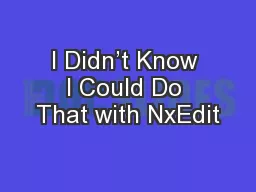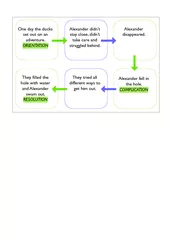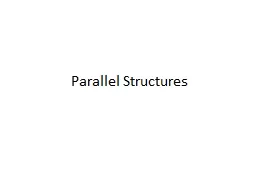PPT-I Didn’t Know I Could Do That with NxEdit
Author : cheryl-pisano | Published Date : 2018-03-21
Standard keyboard behaviour Many keys behave pretty much as they do in other Windows apps Arrows PgUp PgDn End Home etc Home goes to beginning of text on
Presentation Embed Code
Download Presentation
Download Presentation The PPT/PDF document "I Didn’t Know I Could Do That with NxE..." is the property of its rightful owner. Permission is granted to download and print the materials on this website for personal, non-commercial use only, and to display it on your personal computer provided you do not modify the materials and that you retain all copyright notices contained in the materials. By downloading content from our website, you accept the terms of this agreement.
I Didn’t Know I Could Do That with NxEdit: Transcript
Download Rules Of Document
"I Didn’t Know I Could Do That with NxEdit"The content belongs to its owner. You may download and print it for personal use, without modification, and keep all copyright notices. By downloading, you agree to these terms.
Related Documents













![[PDF]-Perl I Didn\'t Know You Could Do That](https://thumbs.docslides.com/969991/pdf-perl-i-didn-t-know-you-could-do-that.jpg)
![[READING BOOK]-Software Development Accelerated Essentials: What You Didn\'t Know You](https://thumbs.docslides.com/991080/reading-book-software-development-accelerated-essentials-what-you-didn-t-know-you-needed-to-know.jpg)